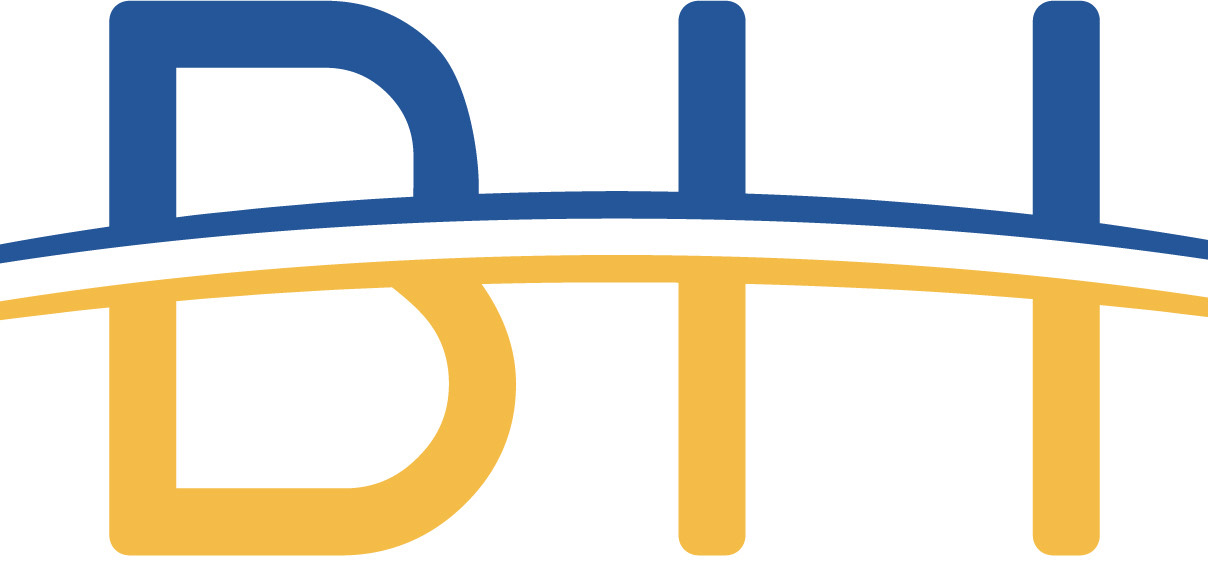Medical facilities utilize a multitude of diagnostic devices such as blood pressure cuffs, scales and thermometers. Traditionally, when a patient’s vital signs are taken, the data is written in their chart. But as more facilities are implementing Electronic Medical Records, practitioners are seeing the value of EMR connected medical devices.
An EMR connected medical device has the capability to communicate and transmit data into an EMR system via the device itself, an external adapter or software application.
This means that the data that the device measures will be automatically entered into a patient’s electronic medical record. The medical professional does not have to print, scan, or type any data, there is no need for any manual input. This automatic measurement and transmission of data has many benefits.
Error Reduction - Eliminating any manual input reduces the possibility of transcription errors. This is especially important when recording weight as doctor’s use weight to formulate the proper dosage of medications. Incorrectly inputting a patient’s weight can lead to over or under dosing of medication as well as incorrectly diagnosing someone as obese or underweight.
Consistent Documentation - If a medical facility is utilizing all of their connected devices in the proper way and as part of consistent procedures, then each patient’s chart will be completed in the same fashion. A doctor can then access a patient’s chart and see each test result, vital sign or diagnosis noted in a consistent manner. For instance, if the office’s scale is set to transmit weight into the EMR as pounds only, then a practitioner knows how to interpret the chart. But if an office is manually inputting weight into an EMR or still using paper charts, practitioners can inconsistently record weight in pounds or kilograms which can cause confusion.
More Efficient Workflow - There is no question that EMR connected medical devices are more efficient. Automatic measurement and transmission of the data directly into the EMR system saves the practitioner the time of manually typing data into the chart or recording data into a paper chart. For optimum efficiency, a facility can create a central work station with all of their devices together and connected to a central computer where they can measure all of the patient’s data at once, rather than walking around the office to various devices.
 Bridge Healthcare
Bridge Healthcare 